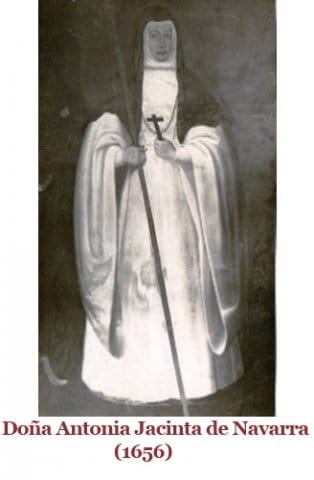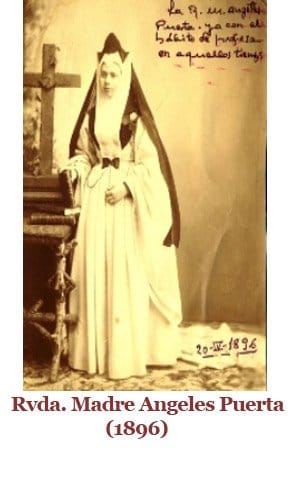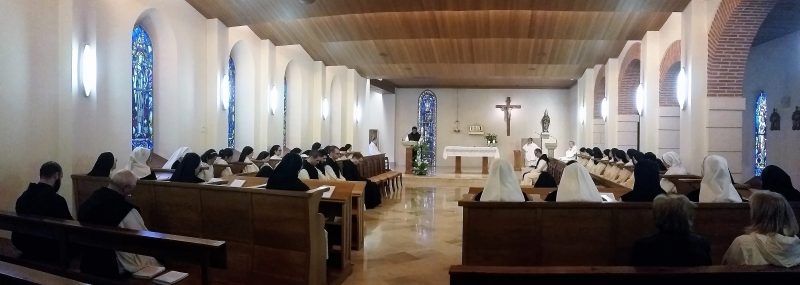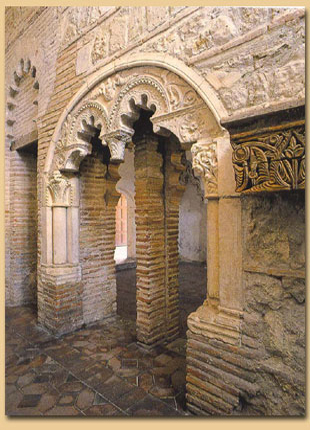Historia
MAGNIFICAT
04/12/2013TESTIMONIO DE MADRE MARY CARMEN
03/02/2014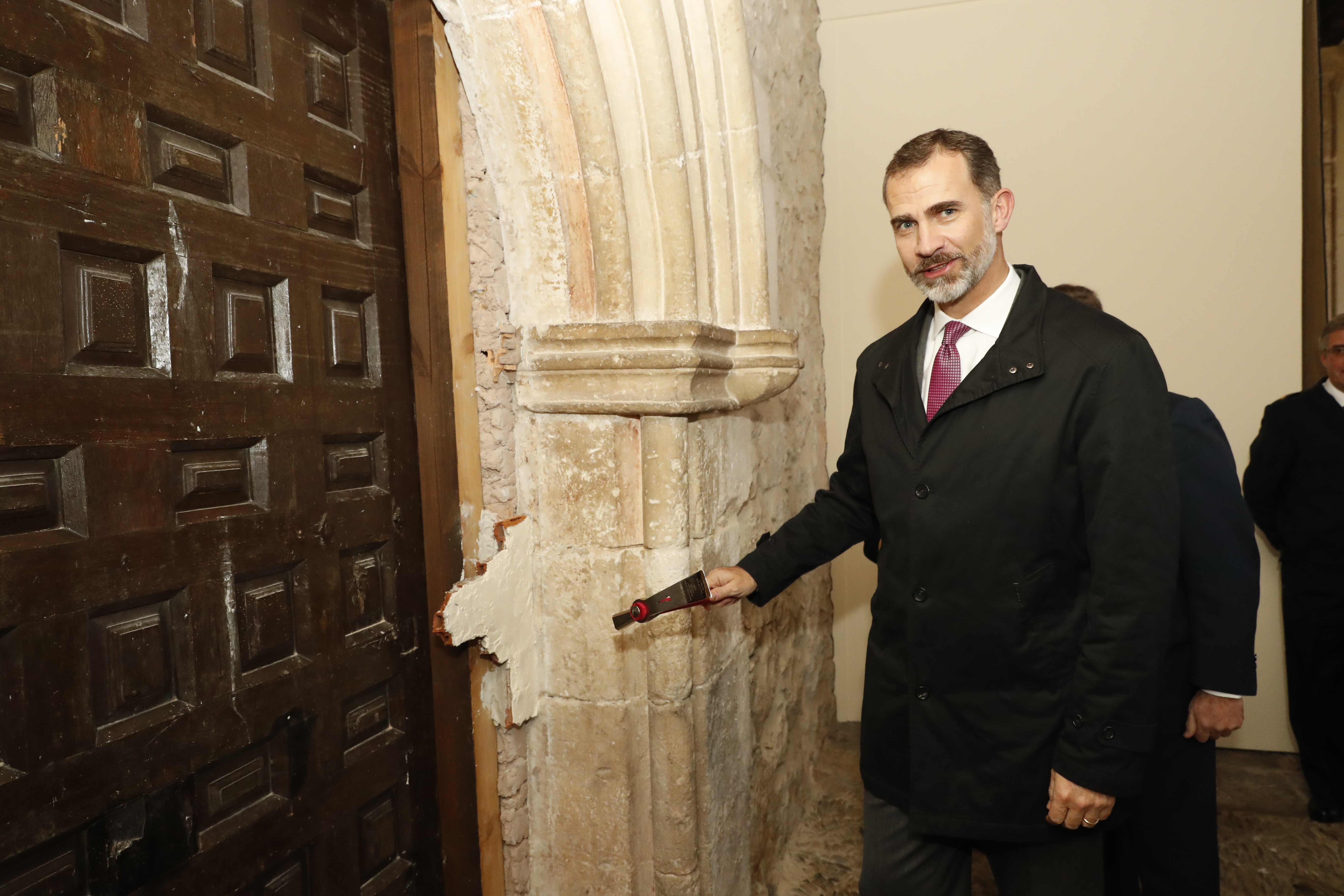
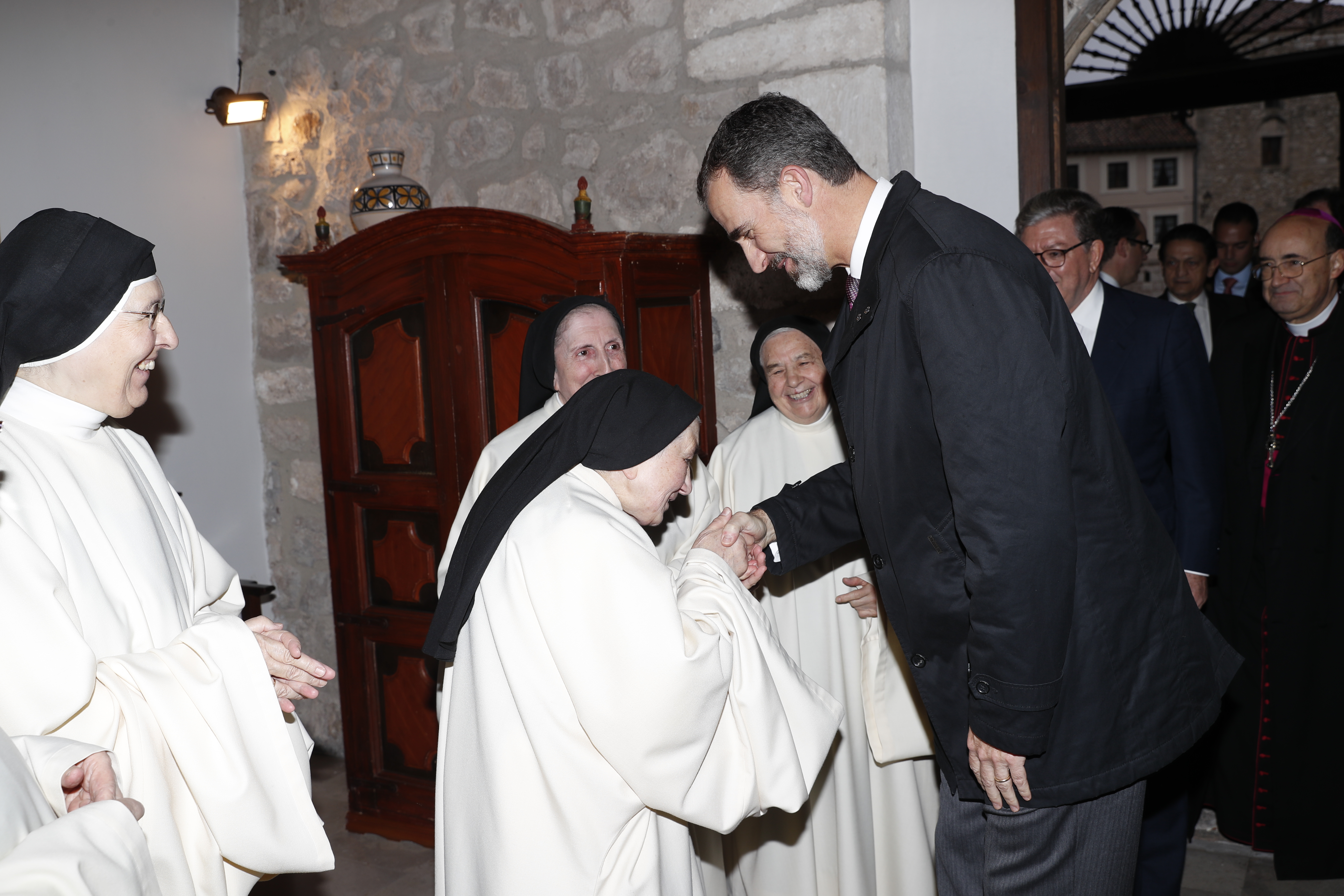
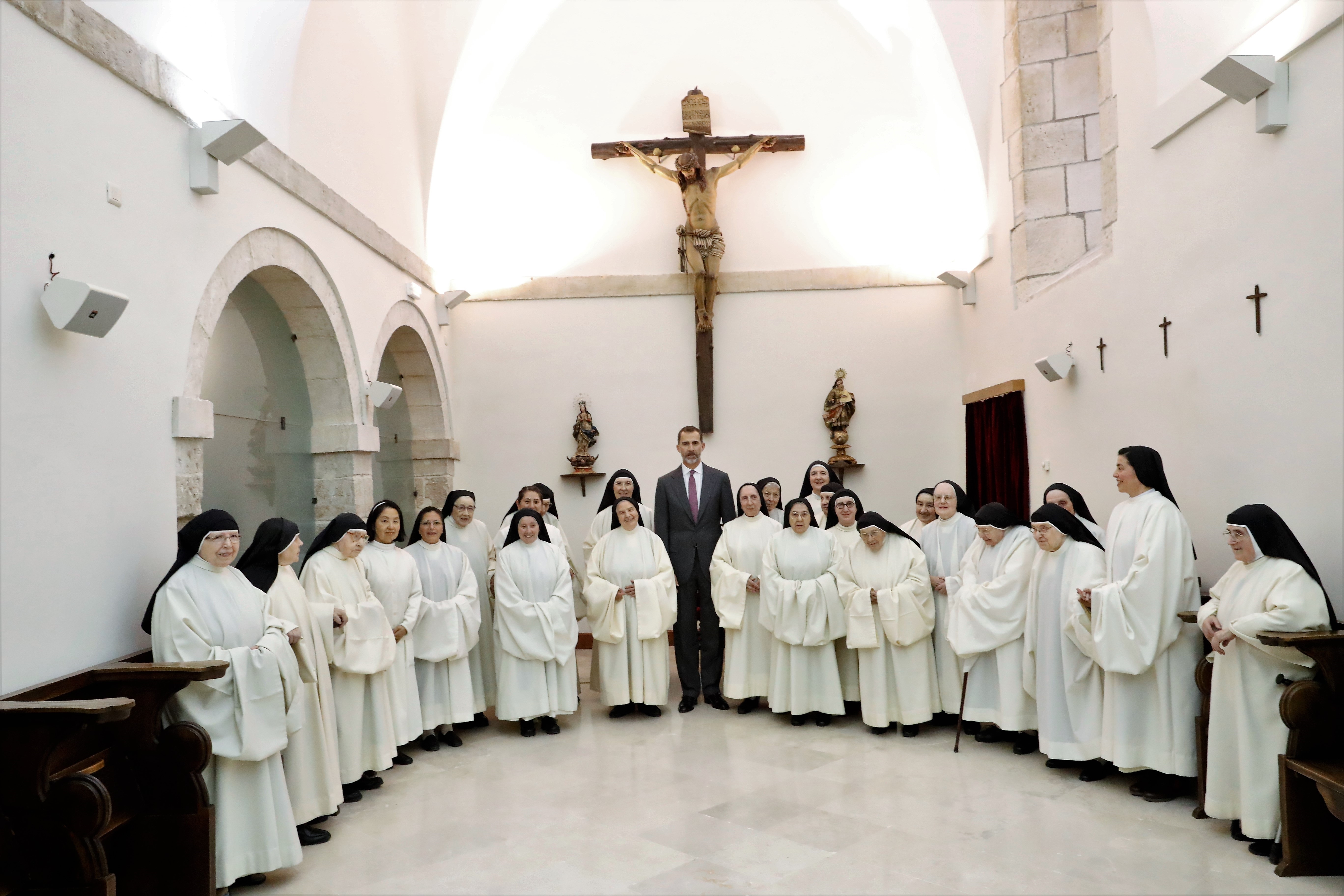
.jpg)
Sin embargo, la idea de Alfonso VIII de hacer de este Monasterio, Cabeza y Matriz de todos los conventos femeninos cistercienses de Castilla y León, iba a traerle serios problemas y gran oposición por parte de los monasterios que ahora Huelgas pretendía poner bajo su control, dado que habían sido fundados con anterioridad. Perales, Gradefes y Cañas fueron los que se mostraron más reticentes con esta nueva fundación, así como aceptar como cabeza rectora a este monasterio recién fundado, teniendo en cuenta que todos debían prestar obediencia, como filiales que eran, al Monasterio de Tulebras, en Navarra, primer monasterio de monjas cistercienses españolas fundado en 1157.
El conflicto será largo y complicado, pero al final el rey conseguirá su propósito y en 1199, además de solucionar el problema, este Monasterio se incorporará a la Orden del Císter, poniéndose bajo la jurisdicción de la abadía de Cîteaux. A partir de estos momentos, las Huelgas constituirá una Congregación compuesta por los monasterios de Torquemada, Gradefes, Carrizo, Perales, San Andrés de Arroyo, Cañas y Fuencaliente, a los que se unieron, con el tiempo, los de Vileña, Villamayor de los Montes, Renuncio, Barría y Avia, siendo un total de doce abadías las afiliadas a este monasterio. Gozó, desde sus inicios, de la protección de Papas y Reyes, y en él, además de coronarse Alfonso XI y su hijo Enrique de Trastámara, se armaron caballeros Fernando III, Alfonso XI, Pedro I y Juan II.
El deseo de convertirse en un auténtico panteón funerario, no sólo de reyes sino también de nobles, pronto se haría realidad. Así entre los sepulcros más destacados, debemos señalar los del propio fundador, acompañados por sus reinas consortes e infantes de sangre real. Mención especial merecen los sepulcros de don Sancho, hijo de Fernando III el Santo y arzobispo de Toledo; la tumba de doña Blanca de Portugal y de doña Berenguela (hija de los fundadores), así como el sepulcro de don Fernando de la Cerda y de la infanta Leonor.
Cinco Abadesas
Pulse para ver la lista de abadesas

Grandes fueron los privilegios y donaciones por parte de las más distinguidas instituciones civiles y religiosas. A ello, debemos unir el extraordinario patrimonio económico que logró conseguir, llegando a convertirse en un auténtico señorío material, además de jurídico, asentado sobre un fuero particular que delegó en la abadesa el papel civil y criminal. Tampoco debemos olvidar la autonomía espiritual tan grande que tuvo, y que sólo dependía del Papa, soslayando las atribuciones episcopales, de manera que, aunque como mujer no podía asumir las funciones de celebrar misa, confesar, ni predicar, sin embargo, era ella, la abadesa, la que daba licencias como los mismos obispos. Estos derechos prácticamente conseguirían mantenerse hasta la segunda mitad del siglo XIX al suprimirlos el Papa Pío IX, en 1873, a consecuencia de la Bula "Quae diversa", promulgada para regularizar la situación de los territorios exentos en España, sometiendo el monasterio y sus filiales a sus respectivos obispos ordinarios del lugar.
En enero del 2008, el Museo de Telas Medievales - inaugurado en 1987 con motivo del octavo centenario de la fundación del monasterio - ha reabierto sus puertas al público tras dos años en obras para su ampliación, reorganización, mejora de sus condiciones climáticas e iluminación y renovación de vitrinas. Contiene piezas con una datación cronológica exacta por haber sido extraídas de los sepulcros que pertenecían a los Reyes y que se encuentran en la iglesia del monasterio. Son vestidos e indumentaria femenina, masculina e infantil de los Reyes y Reinas de Castilla de los siglos XII, XIII y XIV.
Ocho siglos han pasado, aunque no en vano, por esta abadía; y así ahora aunque han desaparecido todos sus títulos y sus riquezas materiales, todavía hoy podemos afirmar que el monasterio sigue vivo. En la actualidad son 36 monjas las que constituyen su Comunidad, de las cuales 5 se encuentran en la fundación del Monasterio de Lurín, en Lima (Perú), iniciada a finales de diciembre de 1992. Pertenecen a la Congregación cisterciense de San Bernardo, formada por 23 monasterios:
- Aquí reside la Abadesa Presidenta de la Congregación.
- Tienen lugar los Capítulos Generales.
- Se guarda el archivo de la Congregación.

